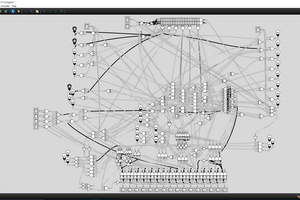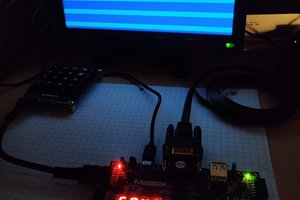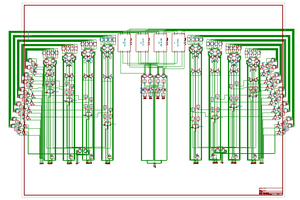From the main project website:
- No back doors. No hardware locks or encryption. Open hardware means you can completely understand the hardware.
- No memberships in expensive special interest groups or trade organizations required to contribute peripherals.
- No fear of bricking your computer trying to install the OS of your choice. Bootstrap process is fully disclosed.
- Designed to empower and encourage the owner to learn about and even tweak the software and the hardware for their own benefit.
- Built on 64-bit RISC-V-compatible processor technology.
More precisely, the Kestrel-3, my third generation design, aims to be a computer just about on par with an Atari ST or Amiga 1200 computer in terms of overall performance and capability, but comparable to a Commodore 64 in terms of getting things to work.
 Samuel A. Falvo II
Samuel A. Falvo II



 Matt Stock
Matt Stock
 Kim Chemnitz Chemnitz
Kim Chemnitz Chemnitz
 Mad Ned
Mad Ned
 Noah Wood
Noah Wood
Hello,
Hackaday's blog recently posted an interesting article.
https://hackaday.com/2020/01/24/new-part-day-led-driver-is-fpga-dev-board-in-disguise/
It looks like a cheap fpga board with Gigabit Ethernet, and lots of io ports. Would it be an interesting target for Kestrel-3? It only has SDRAM on it; is that still a problem for you?
I love your work